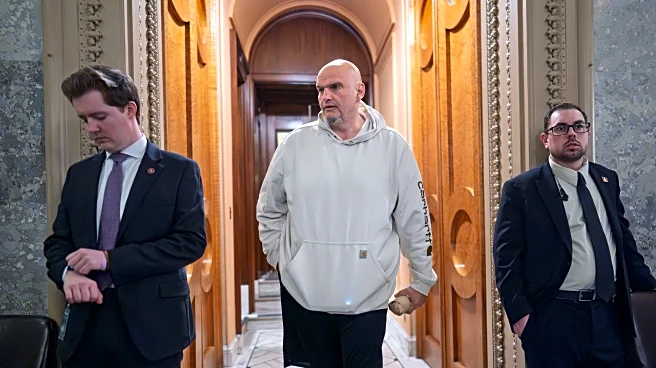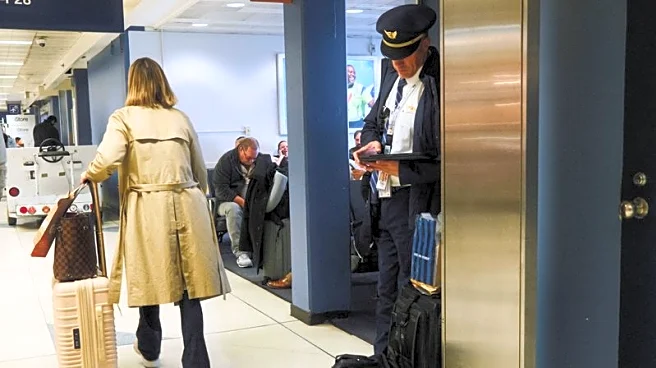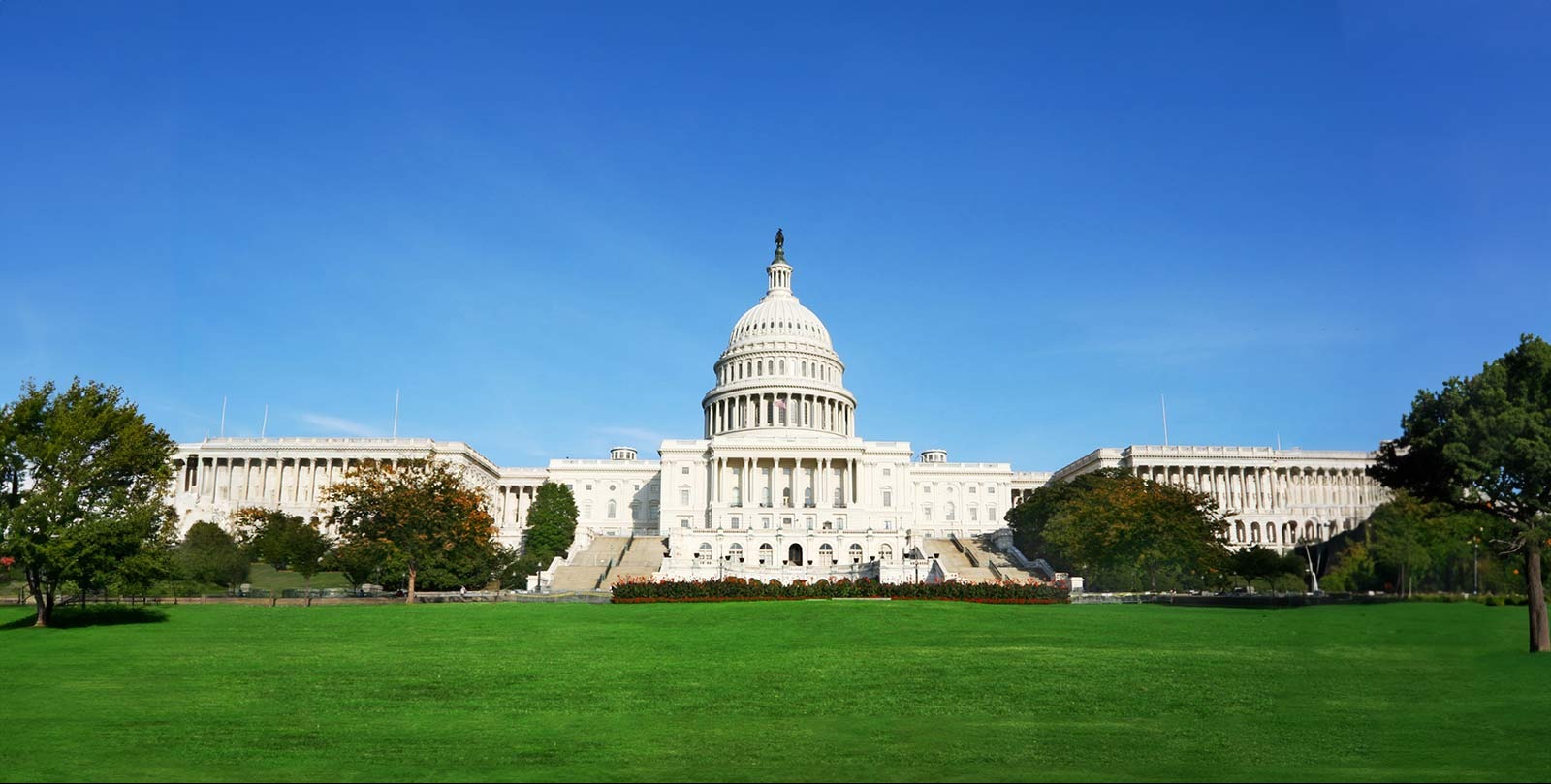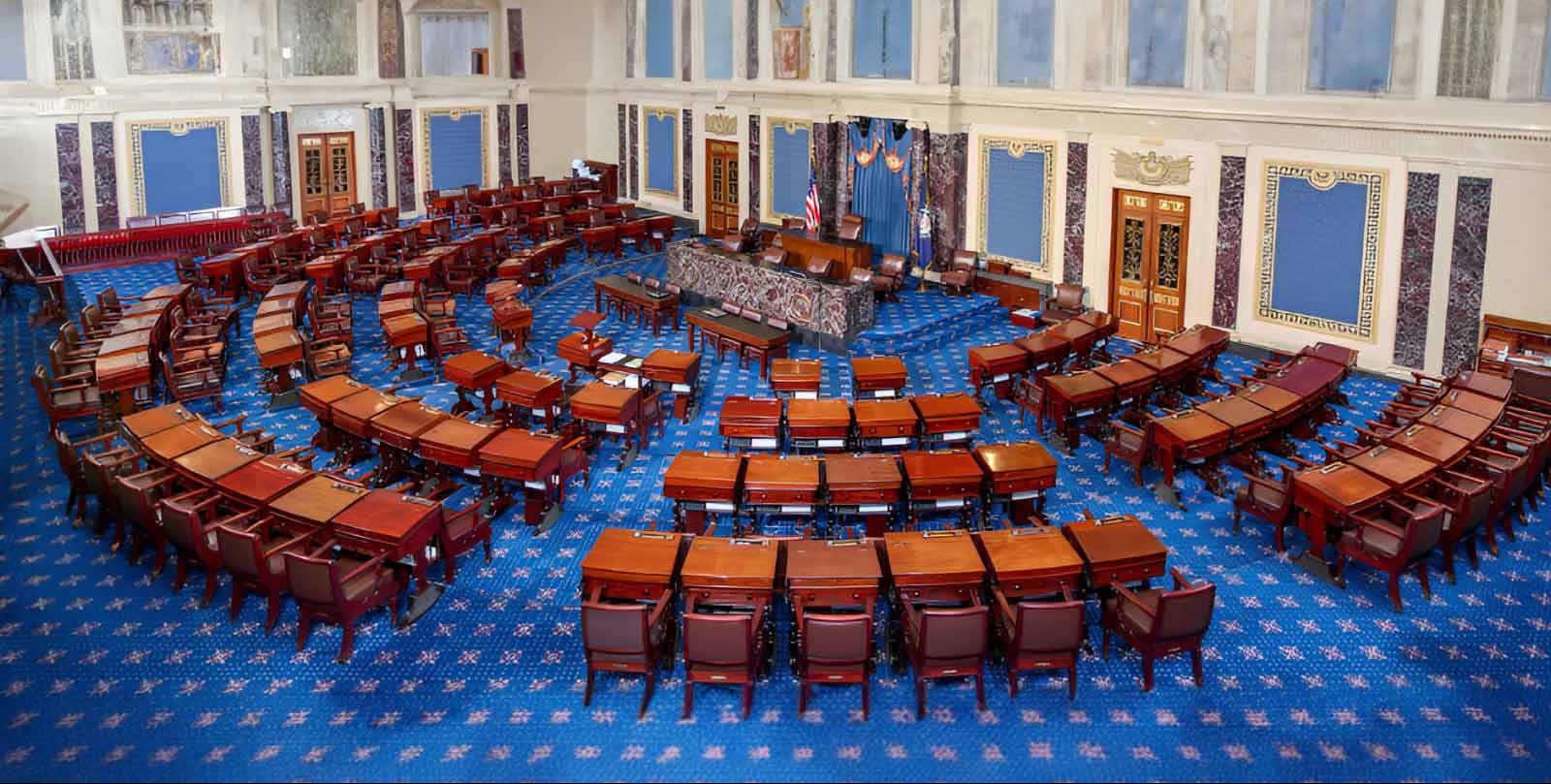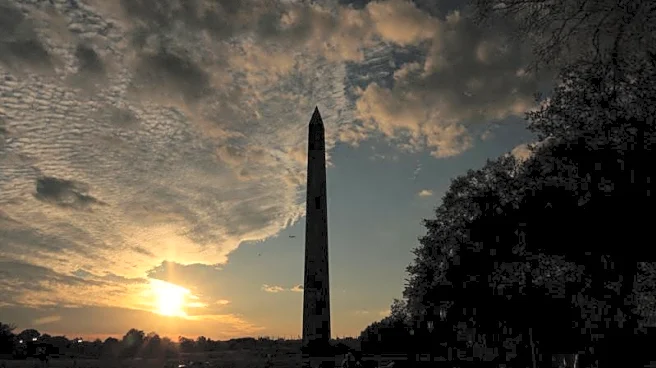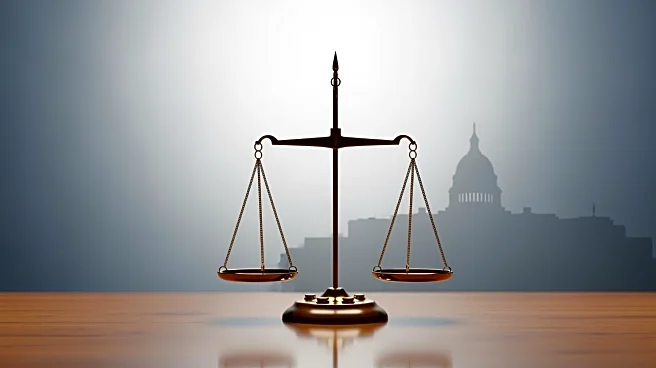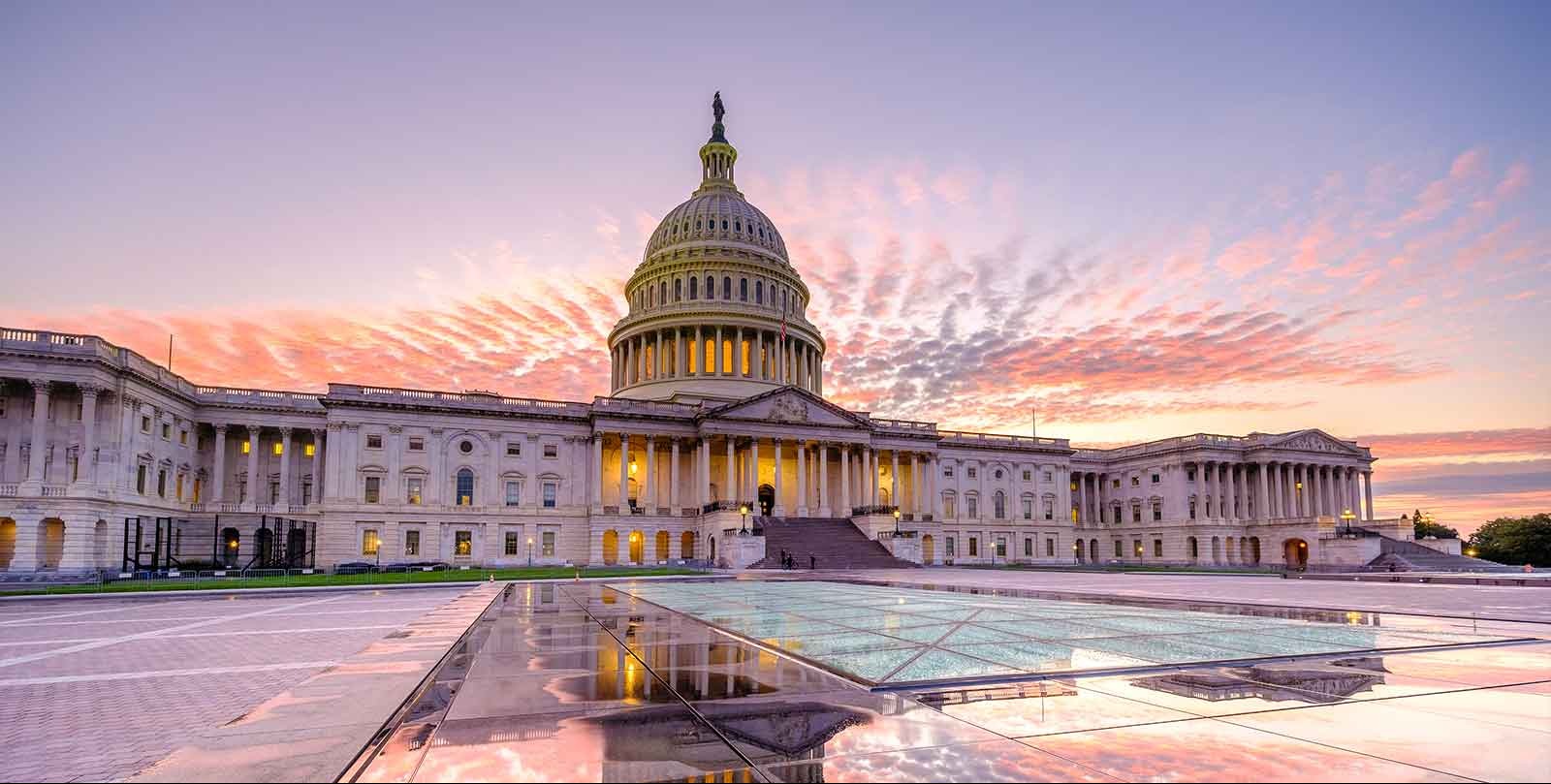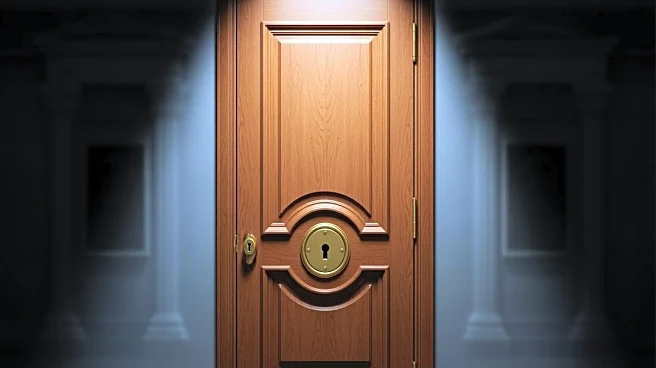Legislation to reopen the government after the longest shutdown in history awaits action in the House after a small group of Senate Democrats ratified a deal with Republicans despite searing criticism from within their party.
The 41-day shutdown could last a few more days as members of the House, kept on recess since mid-September, return to Washington to vote on the legislation. President Donald Trump has signaled support for the bill, saying Monday
that “we’re going to be opening up our country very quickly.”
The final Senate vote, 60-40, broke a grueling stalemate that lasted more than six weeks as Democrats demanded that Republicans negotiate with them to extend health care tax credits that expire Jan. 1. The Republicans never did, and just enough moderate Democrats eventually switched their votes as federal food aid was delayed, airport delays worsened and hundreds of thousands of federal workers continued to go unpaid.
Meanwhile, Trump has asked the U.S. Supreme Court to throw out a jury’s finding that he owes $5 million after sexually abusing and later defaming writer E. Jean Carroll.
The Latest:
The longest federal government shutdown in U.S. history appears to be nearing an end, but not without leaving a mark on an already-struggling economy.
About 1.25 million federal workers haven’t been paid since Oct. 1. Thousands of flights have been canceled, a trend that is expected to continue this week even as Congress moves toward reopening the government. Government contract awards have slowed and some food aid recipients have seen their benefits interrupted.
Most of the lost economic activity will be recovered when the government reopens, as federal workers will receive back pay. But some canceled flights won’t be retaken, missed restaurant meals won’t be made up, and some postponed purchases will end up not happening at all.
The Congressional Budget Office estimated that a six-week shutdown will reduce growth in this year’s fourth quarter by about 1.5 percentage points. That would cut growth by half from the third quarter. The reopening should boost first-quarter growth next year by 2.2 percentage points, the CBO projected, but about $11 billion in economic activity will be permanently lost.
▶ Read more about the impact of the longest government shutdown in history
The Senate passed legislation Monday to reopen the government, bringing the longest shutdown in history closer to an end as a small group of Democrats ratified a deal with Republicans despite searing criticism from within their party.
The 41-day shutdown could last a few more days as members of the House, which has been on recess since mid-September, return to Washington to vote on the legislation. President Donald Trump has signaled support for the bill, saying Monday that “we’re going to be opening up our country very quickly.”
The final Senate vote, 60-40, broke a grueling stalemate that lasted more than six weeks as Democrats demanded that Republicans negotiate with them to extend health care tax credits that expire Jan. 1. The Republicans never did, and five moderate Democrats eventually switched their votes as federal food aid was delayed, airport delays worsened and hundreds of thousands of federal workers continued to go unpaid.
House Speaker Mike Johnson urged lawmakers to start returning to Washington “right now” given shutdown-related travel delays, but an official notice issued after the Senate vote said the earliest the House will vote is Wednesday afternoon.
▶ Read more about the vote
